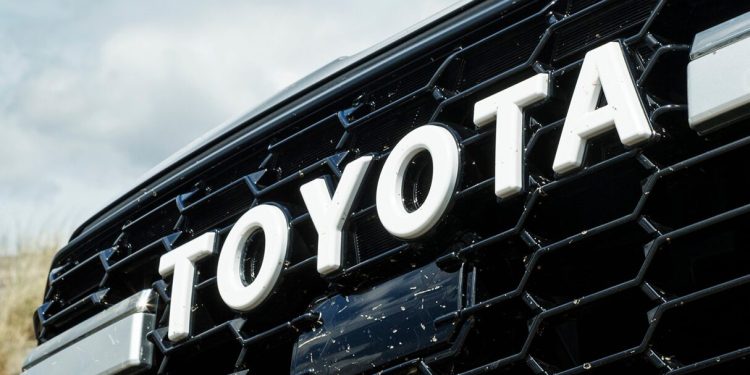Toyota to extend model lifecycles to nine years?
Toyota is reportedly preparing to extend the lifespan of its core models to around nine years, signalling a major shift in how the world’s largest carmaker manages product cycles.
According to a report from The Nikkei, Toyota plans to move beyond the traditional seven-year lifecycle, which itself had already grown from the four-to-five-year cycles common in the 1980s and 1990s. While nine years is not fixed for every model, it will become the new benchmark for Toyota’s global line-up, except for vehicles designed specifically for China, where faster-changing consumer demands keep model cycles short.
Software updates driving longer lifespans
The move reflects the rise of software-defined vehicles and Toyota’s growing confidence in over-the-air updates to keep models feeling modern for longer. As more vehicle functions shift from hardware to software, manufacturers can make meaningful improvements throughout a model’s life without requiring a full redesign.

Longer cycles are also expected to help Toyota better manage demand for its most sought-after vehicles. Models such as the Land Cruiser continue to attract multi-year waiting lists, prompting concern that some customers might finally receive their vehicle just as a new generation is about to launch.
Helping resale values
Another reported motivation is maintaining stronger residual values. By avoiding rapid generational turnover, Toyota can help prevent older models from being overshadowed too quickly, giving owners more confidence that their vehicles will hold value over time.
Rethinking pricing strategy
With a longer product lifecycle, Toyota is also said to be reviewing how it sets wholesale prices, particularly in Japan. Currently, prices decrease automatically as a model ages, giving dealers more freedom to discount older vehicles.
The Nikkei reports that Toyota wants to adopt dynamic wholesale pricing based on real-time sales data instead of automatic reductions. However, many of Japan’s 230 independently operated Toyota dealerships are reportedly opposed to the change.

What does a “New Generation” mean now?
Extending lifespans raises questions about how Toyota defines a full model change. The latest Camry, for example, is classified as a new generation despite sharing its wheelbase, doors, key components and platform with the outgoing model, which was produced for seven years.
It’s unclear whether Toyota will introduce two facelifts per cycle rather than the typical single mid-life update to help keep nine-year models visually fresh.





